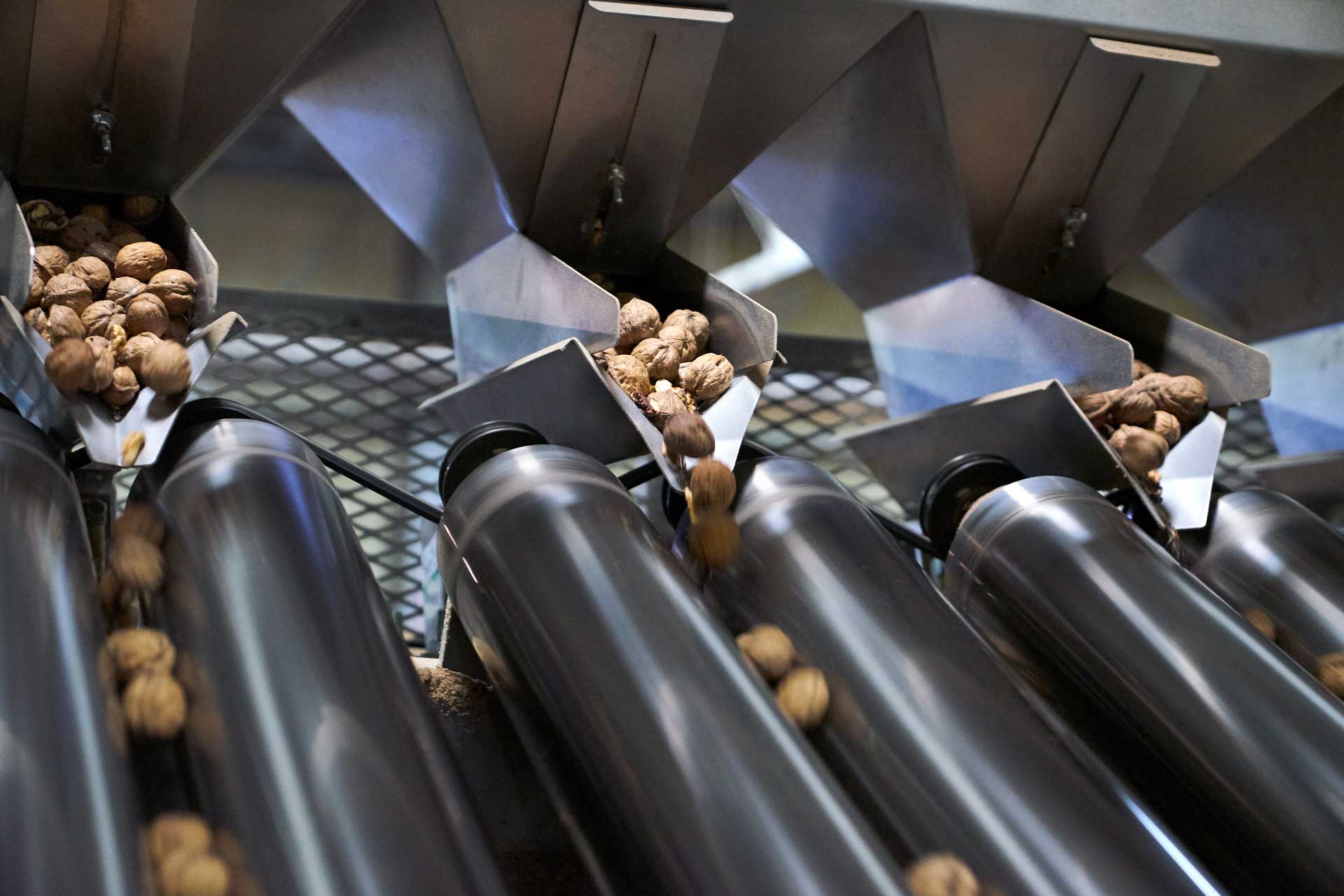
Preserving crop protection products is one of the important issues facing the walnut industry.
In his presentation at the 2022 California Walnut Conference, Joshua Rahm, director or technical and regulatory affairs for the California Walnut Commission said industry challenges also include cost of inputs, markets, transportation and water, not to mention MRLs.
Rahm’s remarks about regulatory issues came during the first day of the California Walnut Conference in Yuba City.
The walnut industry is facing more challenges than ever, with most outside of our control, Rahm said.
In addition to the complex of supply chain issues affecting exports, increased global production and significant increase in domestic walnut production continues to put pressure on prices. Rahm said increased regulations in California and overseas is placing a strain on the walnut industry on top of unfavorable tariff and non-tariff issues. There is anticipation that these issues will continue through 2022 and into 2023 affecting this year’s and next year’s crops.
An update on the use of the broad-spectrum fungicide mancozeb includes a non-renewal decision adopted by EU. The EU has established MRLs for dithiocarbamates as a group and will wait to take action on applicable MRL until after completion of renewal process which is expected to take several years.
As for the herbicide glyphosate, Rahm said that in the EU, glyphosate is approved through this year, and it will start the review process this year for registration beyond 2022. There are signs from the EU that glyphosate receives a registration extension through 2025. France, however, plans to ban glyphosate in 2023.
Rahm said the EPA has concluded a draft Biological Evaluations of Neonicotinoid insecticides, the first step in the Endangered Species Act review. Public comment and input from growers is critical, he added, in providing the EPA and additional stakeholders the best available information for making final conclusions. Growers’ input to the California Walnut Commission will be included in the formal comments submitted to the EPA on behalf of the walnut industry.
Grower comments on real-world neonicotinoid uses are particularly important, Rahm added, in helping to refine EPA assumptions in the Biological Evaluation and providing the best available information for the next steps of the ESA process that ultimately determine label changes, product mitigations and stewardship requirements.
The California Walnut Commission submitted formal comments regarding the European Union’s (EU) proposed MRL actions on a myriad of active ingredients, including but not limited to Difenoconazole and Pyriproxyfen.

Cecilia Parsons
Cecilia Parsons has lived in the Central Valley community of Ducor since 1976, covering agriculture for numerous agricultural publications over the years. She has found and nurtured many wonderful and helpful contacts in the ag community, including the UCCE advisors, allowing for news coverage that focuses on the basics of food production.
She is always on the search for new ag topics that can help growers and processors in the San Joaquin Valley improve their bottom line.
In her free time, Cecilia rides her horse, Holly in ranch versatility shows and raises registered Shetland sheep which she exhibits at county and state fairs during the summer.















